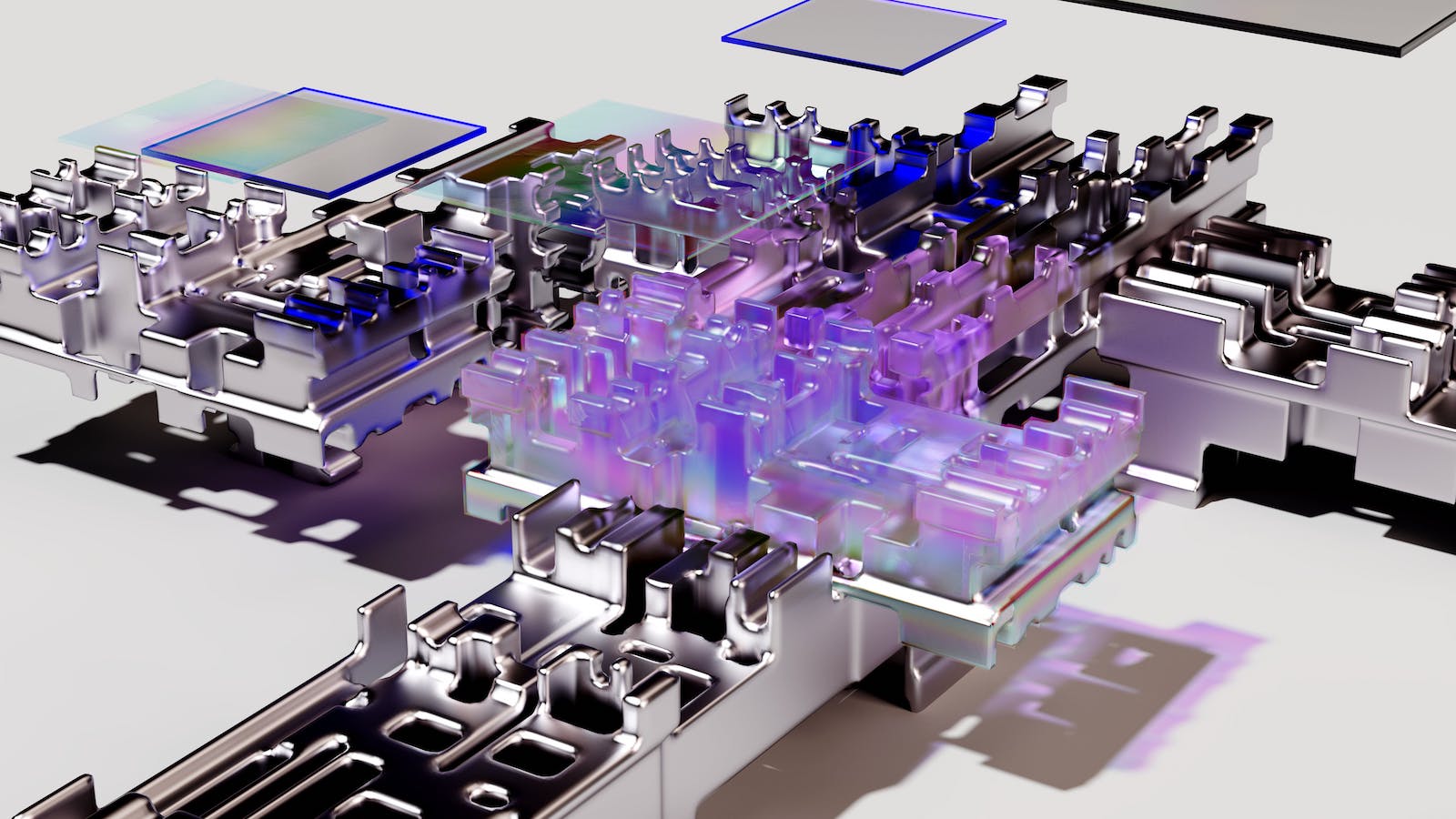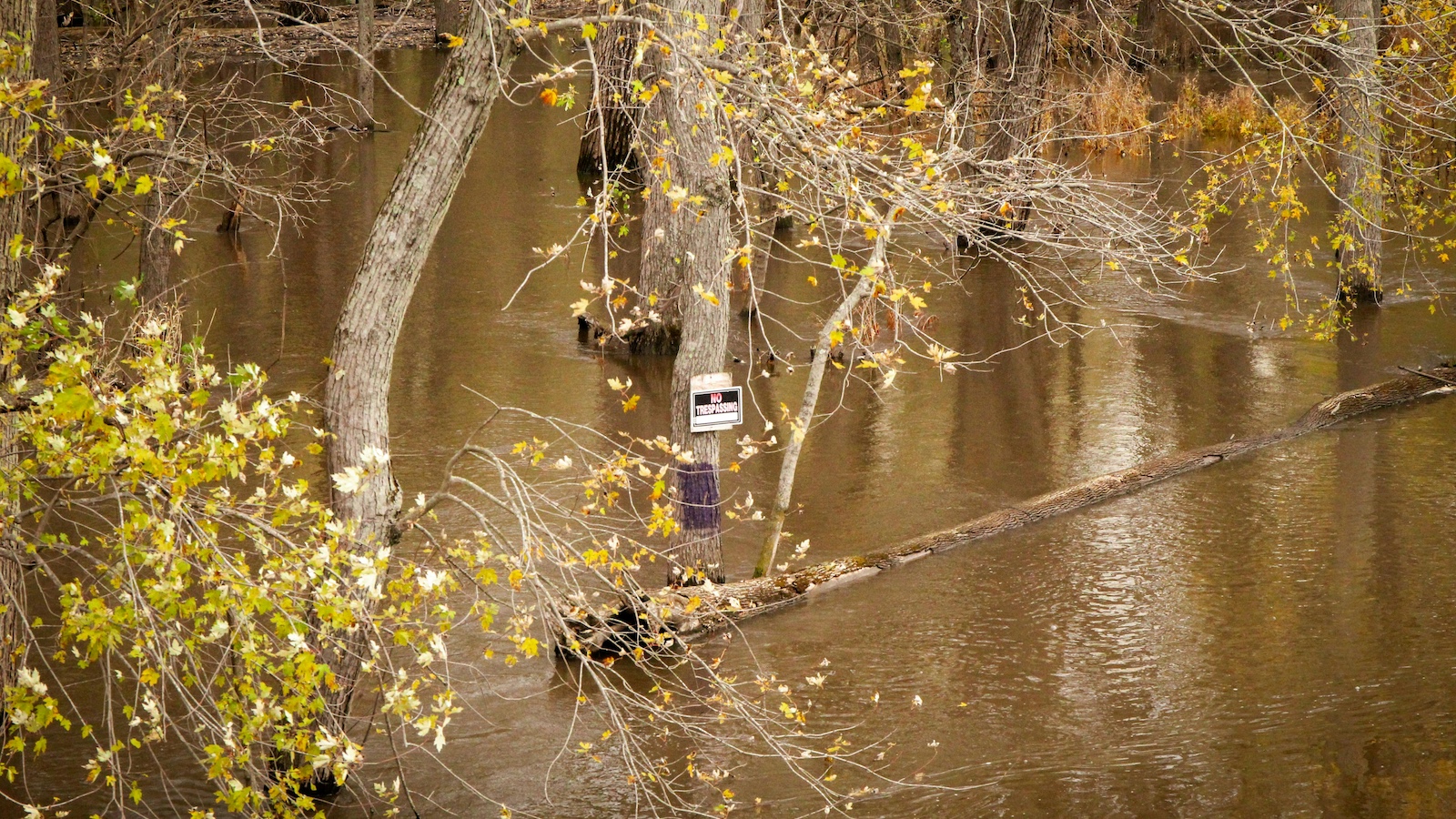Insurance fraud comes at a staggering cost to insurers: more than $300 billion in 2022, according to a study by ValuePenguin. In fact, 21% of auto insurance and 30% of homeowners insurance policyholders admitted to having misled their insurers to save money. (The research shows that younger Americans often don’t even recognize such fraud as a crime.)
Good news for insurers: Advances in technology are making it harder for consumers to fudge their insurance applications and claims, which makes it easier, in turn, for coverage providers to pay for actual losses while meeting their bottom lines. Here are a few technologies on the horizon that insurers are using to improve their fraud detection.
Machine learning for predictive analytics
Predictive analytics is nothing new, of course; some sources say its history starts in the 1940s, while others date it all the way back to 1689. But the advancement of machine learning — both supervised and unsupervised — has increased the effectiveness of predictive analytics exponentially. After all, computers and artificial intelligence are way better at collecting massive amounts of data and assessing it for patterns than even the brightest team of humans could ever hope to be.
Insurers can use supervised machine learning by flagging fraudulent interactions in the data set and teaching the program to identify similar instances of fraud over time. Unsupervised machine learning can also be used to sniff out anomalies and red flags that might indicate new types of fraudulent schemes, which is useful because fraudsters are constantly innovating.
Additionally, behavioral analytics can be used to better predict an applicant or claimant’s tendency toward fraudulent actions, drawing on data gleaned from their browsing history, clicks, physical location and more. By using these technologies, insurers are in a better position to identify fraudulent claims or applications earlier in the process.
See also: Using AI to Prevent Insurance Fraud
Satellites and drones
While it’s not the costliest category — life insurance fraud and Medicare/Medicaid fraud outstrip it — home, business and auto insurance fraud represent, as a group, the third most costly kind, resulting in $45 billion in losses each year.
Fortunately, technologies like satellites and drones give insurers literal eyes in the sky, which they can use to capture photographs and data of claimants' homes and businesses. The insurance company can save money both before and after potential losses — beforehand, by engaging with more accurate risk engineering and pricing, and afterward, by ensuring the accuracy of claims.
Photo analysis technology
Because machines understand images better than ever, insurers have been able to vastly increase their use of photo analysis technology in the claims adjustment process. According to Help Net Security, photo analysis technology use catapulted from 49% in 2018 to 81% in 2021. Along with verifying the extent of a claim, photo analysis technology can also be used to detect photos that have been uploaded as part of other claims and any digital alterations that may have been made.
See also: The Future of Insurance Fraud
Blockchain technology
Although seldom wholly understood, blockchain technology has become more and more prevalent across a wide variety of sectors, from fintech to risk management. Insurers can use blockchain technology to produce records that can’t be changed, tempered with or re-ordered, which can be useful in certain fraud scenarios.
Take the fraudster who files the same claim with more than one insurance provider. Using blockchain technology, this could be avoided, as every claim would be indelibly and clearly recorded. The blockchain can also be used in other parts of the insurance process, such as real-time claim tracking and automation of parametric insurance applications.
As technology evolves, so will insurance fraud detection
In insurance, as in every other industry, technology is seeing exponential developments, particularly when it comes to artificial intelligence (AI). Today, AI can be used at every step of the process, from chatbot interactions during the application stage to data analysis and fraud detection.
As technology continues to evolve, so will the way insurance companies use it. They will shore up their business models and tighten their fraud losses, keeping those dollars where they belong.








